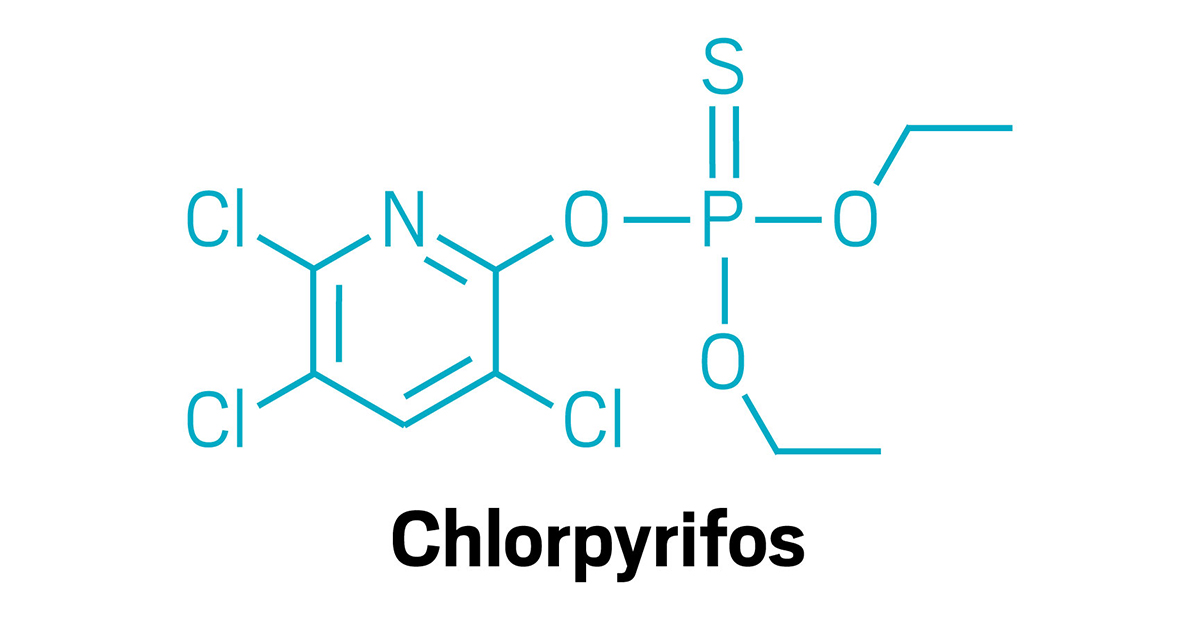Tags: #Potatoes #Chlorpyrifos #Pesticides #CropProtection #Agriculture #Environment #HealthRisks #Alternatives
Potatoes are one of the most widely cultivated crops in the world, and they play a vital role in global food security. However, pests and diseases pose a significant threat to potato yields, and farmers rely on various means of protection, including the use of pesticides such as Chlorpyrifos. In this article, we will explore the role of Chlorpyrifos in potato cultivation, its benefits, and the consequences of its use.
Development:
Potatoes are a versatile and nutrient-rich crop that can be grown in a range of environments, from small-scale family farms to large commercial operations. However, potato plants are vulnerable to a range of pests and diseases, including aphids, wireworms, and late blight. These pests can cause significant damage to potato crops, leading to reduced yields and economic losses for farmers.
To protect their crops, potato farmers often turn to pesticides such as Chlorpyrifos. Chlorpyrifos is an organophosphate insecticide that acts by disrupting the nervous system of insects, leading to paralysis and death. It is effective against a range of pests, including aphids, wireworms, and Colorado potato beetles.
The use of Chlorpyrifos in potato cultivation has several benefits. It can help farmers to control pests and diseases, leading to increased yields and improved crop quality. It can also help to reduce the spread of diseases such as late blight, which can devastate entire potato crops.
However, the use of Chlorpyrifos in potato cultivation also has consequences. Chlorpyrifos is highly toxic to humans and animals, and exposure to the chemical can cause a range of health problems, including headaches, nausea, and respiratory issues. It is also harmful to the environment, as it can contaminate soil, water, and air, and harm beneficial insects and other wildlife.
In recent years, there has been growing concern about the use of Chlorpyrifos in agriculture. Several countries, including the European Union and the United States, have restricted or banned the use of the chemical due to health and environmental concerns.
Conclusion:
In conclusion, Chlorpyrifos plays a significant role in the cultivation of potatoes by helping farmers to control pests and diseases. However, the use of this pesticide also has consequences, including health risks for humans and animals, and harm to the environment. As such, it is important for farmers and policymakers to carefully consider the risks and benefits of using Chlorpyrifos and to explore alternative means of pest control that are safer for people and the planet.


